Understanding Solar Panel Connectors: EMPV4N and EMPV10N Series
Quick Summary:
- This blog post provides a comprehensive guide on solar panel connectors, specifically the Elmex EMPV4N and EMPV10N series. It explains the importance of selecting the right solar panel connectors types for reliable and high-performance solar power systems, with a focus on industrial and commercial applications.
- The guide discusses key features, technical comparisons, and real-world use cases to help engineers and system designers choose the appropriate solar panel connectors types for their projects. The post also highlights how Elmex connectors prevent common failure points and contribute to long-term system reliability.
When it comes to solar power systems, every component plays a crucial role in ensuring reliability, safety, and long-term performance. One often overlooked yet critical component is the solar panel connectors that hold everything together. It is a small but powerful piece that links solar panels together and connects them to the larger system.
Among these, MC4 connector solar panels have become the industry’s default terminology, though technically speaking, not every connector used is a true MC4.
Today, we spotlight two high-quality alternatives: the Elmex EMPV4N and EMPV10N straight solar cable connectors — rugged, certified solar power cable connectors engineered for commercial and industrial use.
Why MC4 Became the Industry Standard Term
The term mc4 connector solar panel stands for Multi-Contact 4mm, where “Multi-Contact” is the original Swiss brand that introduced these solar connectors. Over time, “MC4” became the generic name for any connector with a similar 4mm contact pin design and locking mechanism, regardless of the manufacturer.
Even though companies like Elmex, Amphenol, Staubli, and others offer their versions (each with slight variations), the name MC4 stuck, much like how people call all tissue papers “Kleenex” or all photocopies “Xerox.”
In practice, the industry calls almost any solar panel connectors an “MC4” connector, even if it technically carries a different model name or brand.
Elmex EMPV4N vs. EMPV10N: A Technical Comparison of types of solar panel connectors
Elmex brings its engineering expertise to solar pv connectors with the EMPV4N and EMPV10N models — designed specifically for modern high-voltage photovoltaic systems. These solar connector cable connectors are designed for today’s high-voltage, high-efficiency systems, and comply with global standards like IEC 62852 and EN 50618/IEC 62930.
Key Features of the MPV4N solar panel connector adapter
- Rated Voltage: 1500V DC
- Rated Current: 25A (2.5mm² cable), 30A (4.0mm² & 6.0mm² cable)
- Protection Class: IP67/IP68 (when mated)
- Operating Temperature: -40°C to +85°C (Max. +110°C)
- Locking Mechanism: Snap-in with NEC interlock (tool required for disconnection)
- Contact Material: Tin-plated Copper
- Compliance: Certified as per IEC 62852
This connector solar panel is ideal for medium-scale solar panel connections like rooftop arrays and inverters. It’s compatible with common solar panel connectors mc4 used in the industry today.
“Our Connectors are suitable for PV Solar Cables of 2.5, 4.0, and 6.0 mm² diameter (As per EN 50618/IEC 62930).”
EMPV10N Solar Connector Features
- Rated Voltage: 1500V DC
- Rated Current: Up to 70A (for 10.0mm² cable)
- Cable Range: 2.5mm² / 4.0mm² / 6.0mm² / 10.0mm²
- Protection: IP68 (dust-tight and protected against continuous water immersion)
- Contact Resistance: ≤ 0.25 mΩ
- Material: UV-resistant, flame-retardant thermoplastic housing (PPO/PPE)
The EMPV10N extends the capabilities for higher current systems — perfect for commercial and utility-scale solar plants where larger conductor sizes and higher system efficiency are critical.
Application Guide: Choosing Between EMPV4N and EMPV10N for connecting a solar panel
When selecting the solar panel electrical connectors for commercial installations, it’s not just about voltage and current. It’s about matching the right connector to the application’s scale, cable size, and current load. Below is a quick comparison to help engineers and system designers make informed decisions:
| Feature | EMPV4N | EMPV10N |
| Rated Voltage | 1500V DC | 1500V DC |
| Rated Current | 25A (2.5mm²), 30A (4.0mm² & 6.0mm²) | Up to 70A (for 10.0mm² cable) |
| Cable Compatibility | 2.5mm² / 4.0mm² / 6.0mm² | 2.5mm² / 4.0mm² / 6.0mm² / 10.0mm² |
| Protection Class | IP67/IP68 (when mated) | IP68 (dust-tight, water immersion safe) |
| Ideal Use Cases | Rooftop solar systems, commercial buildings | Utility-scale solar farms, large ground-mount systems |
| Connector Housing | Snap-lock with NEC-compliant tool release | Flame-retardant, UV-resistant thermoplastic |
| Certification | IEC 62852, EN 50618/IEC 62930 | IEC 62852, UL/TÜV certified |
When to Use Each Connector:
- EMPV4N is the right choice for solar panel connectors in rooftop systems where current levels are moderate and cable runs are relatively short. Its design supports most common PV cable sizes and offers reliable protection in exposed environments.
- EMPV10N is better suited for large industrial farms needing maximum performance from solar panel connectors MC4-style builds, especially when cable runs are long and conductor size is high.
Explore more at solar components and solar panel connector adapter.
How Elmex solar panel cable connectors Prevent Common Failure Points in Industrial Solar Projects
In large-scale solar and industrial electrical projects, choosing the wrong connector solar panel can mean serious failures or even fire hazards. That’s why Elmex EMPV4N and EMPV10N connectors are engineered for compatibility along with long-term performance in demanding environments.
These connectors help engineers and procurement managers solve real-world challenges such as:
- Minimizing O&M Costs: With low contact resistance and corrosion-resistant materials, these connectors reduce the risk of energy loss and overheating, which means fewer maintenance cycles and lower operational costs over time.
- Ensuring System Uptime: These connectors ensure uninterrupted performance, which is important for facilities where every minute of downtime impacts revenue or critical infrastructure.
- Meeting Safety and Compliance Standards: Certified under IEC, TÜV, and UL regulations, these connectors align with strict international safety requirements, helping you meet code during audits and inspections without compromising on efficiency.
- Supporting High-Current Loads Reliably: EMPV10N’s ability to handle up to 70A with minimal loss in commercial and utility-scale plants makes it a robust pv connectors type available today.
The Role of solar panel connectors in High-Integrity Switchgear Systems
At Go Switchgear, we don’t just provide solar panel connector adapter parts, we design the entire systems for performance and safety, including individual components. Whether it’s LV switchgear, solar combiner boxes, or custom-built power distribution units, every element in our systems is chosen for maximum safety, reliability, and performance.
Integrating connectors like EMPV4N and EMPV10N into our MV systems ensures optimal solar panel connections, signal integrity, and low energy loss. Whether you need solar panel connector adapter setups or large-batch industrial pv connectors, our solutions are tailored to meet technical demands and regulatory codes.
For efficient solar power cable connectors systems, discover more at solar panel connectors.
Why Quality solar panel connectors mc4 Are Essential for Performance
The long-term performance of your solar system depends on quality components — especially solar panels connectors. With EMPV series products, you get:
- Higher power efficiency
- Longer equipment lifespan
- Reduced maintenance
- Compatibility with top-tier solar connector types
So even if the industry casually calls them all “mc4 connector solar panel,” the choice of connector matters — and Elmex gets it right.
Bottom line:
Even though you might casually call them “MC4 connectors,” investing in properly tested and certified solar panel connectors — like those from Elmex — makes a real difference in the long-term performance of your solar installations. Discuss Your Project with a Go Switchgear Engineer and browse Our Full Range of Solar Power Components and find the perfect solution for all your solar panel electrical connectors system needs.


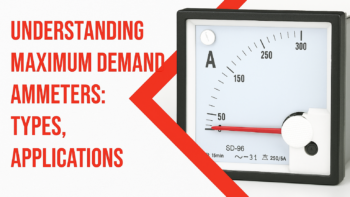
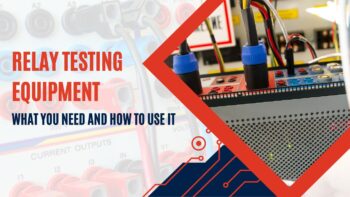
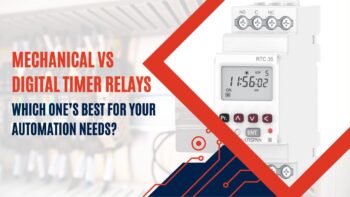
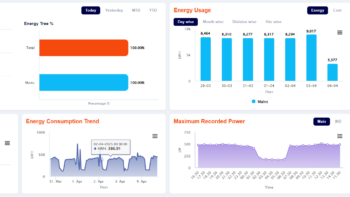
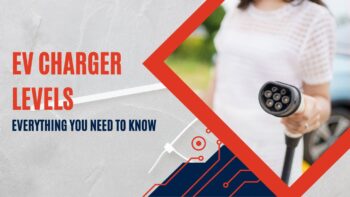
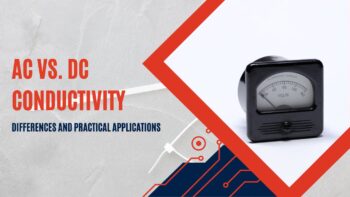

Leave a Reply